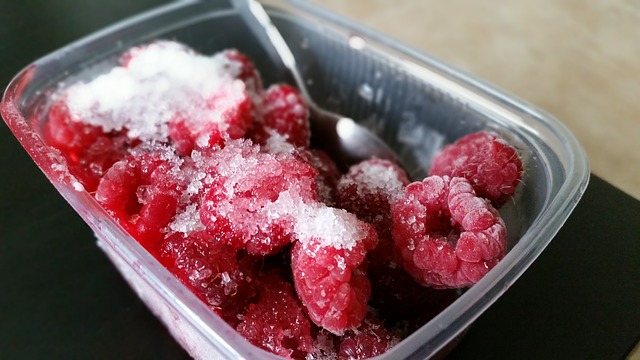When food is frozen, the water in the food turns to ice crystals, which rapture the cells that hold the water. This causes the food to lose taste. Refreezing does a repeat of the same, and makes room to harbor unsafe bacteria.
Not only do you sacrifice taste, but refreezing items also increases the risk of spoilage. Microorganisms become active and start multiplying when food is being thawed at room temperature.
Refreezing increases the risk of food poisoning. Frozen food has less water and more dissolved substances, which lowers its freezing temperature, giving room for salmonella—bacteria responsible for food poisoning—to grow once you put the food back into the freezer.
It’s advisable to thaw food in a sink of water or use a microwave for faster thawing. Alternatively, frozen food should be cooked in whole and then put into the refrigerator or freezer as opposed to refreezing frozen, uncooked food.
Read More





